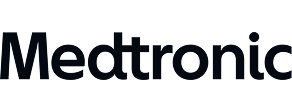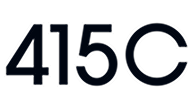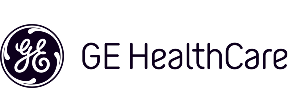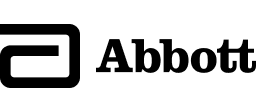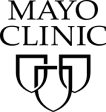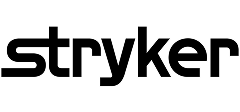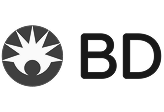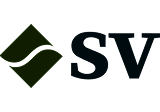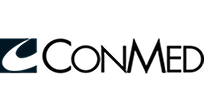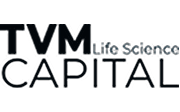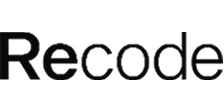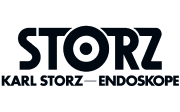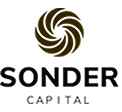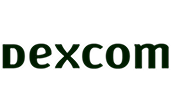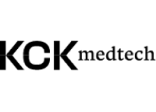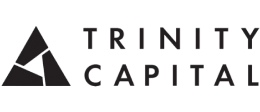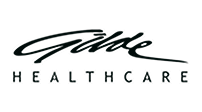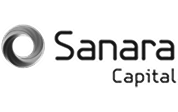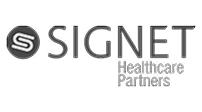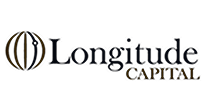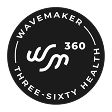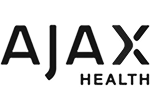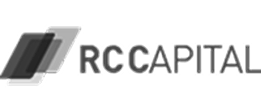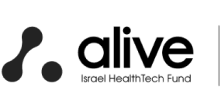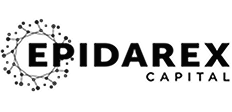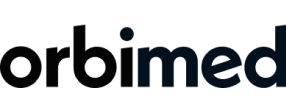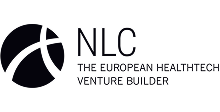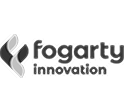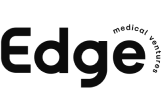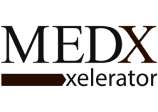Overview
Valued at ~$17.8 billion in 2023, the wearable monitoring devices market is projected to reach
~$21.3 billion by 2028, increasing at a CAGR of 3.6% over the 2023-2028
forecast period. This Market Snapshot is part of LSI’s Market Intelligence platform, your
one-stop-shop for global medtech market sizing and analysis, procedure volume data, startup company- and
deal-tracking, curated insights, and more.
Wearable monitoring devices are designed to continuously collect and track vital signs, providing real-time data
to evaluate patient health. These devices integrate sensors that monitor key parameters such as heart rate,
oxygen saturation, respiratory rate, and body temperature. Worn as chest straps, patches, or smartwatches, they
offer a convenient and non-invasive way to track health metrics outside of traditional clinical settings.
Widely used across healthcare, wearable monitoring devices play a critical role in managing chronic conditions
like diabetes and heart disease, aiding post-surgical recovery, and supporting fitness tracking. Compared to
traditional acute monitoring, these devices provide a more comprehensive view of a patient’s health, enabling
early disease detection, personalized care, and improved patient management.
Products included within the scope of this analysis include wearable devices for:
Physiological monitoring of heart rate
Electrocardiograms (ECGs)
Oxygen saturation
Blood pressure
Blood glucose
Sleep apnea
Exercise/exertion
Respiration
Body temperature
Other
This Market Snapshot is intended to provide a high-level overview of the global market for wearable monitoring
devices, with key insights into:
Unit volumes from 2023 to 2028
Market forecasts from 2023 to 2028
Market insights
Competitive landscape analysis of major competitors
Insights into key market events for strategic and startups
Wearable Monitoring Devices Market Snapshot Summary
| Snapshot Aspect | Data and Details |
| Base Year for Estimate | 2023 |
| Forecast Period | 2023 - 2028 |
| Market Size in 2023 | $17.8 billion |
| CAGR | 3.6% |
| Projected Market Size in 2028 | $21.3 billion |
Wearable Monitoring Devices Market Insights
The wearable monitoring devices market is projected to experience healthy growth over the forecast period. The
primary driver of growth is the rising average selling prices of wearable devices, spurred by the introduction
of newer models that incorporate advanced software and sensor technologies. While the global market for wearable
monitoring devices totaled $17.8 billion in 2023, a slight decline from the previous year, the sector remains
significant in terms of both market value and technological advancements. Consumer-focused devices, such as
fitness trackers and smartwatches, continue to dominate sales, with subsequent generations of these products
capturing and analyzing more healthcare data.
The wearable monitoring devices market has seen steady growth since the launch of the Fitbit in 2009, with a
dramatic expansion following the 2015 introduction of the Apple Watch, which captured approximately 86% of the
global wearables market in 2023. While the slowdown in sales from 2022 to 2023 suggests a potential saturation
of the market, the sector is returning to growth and will continue through 2028, albeit at a slower rate than
previous years. Positive trends, such as the increased volume of healthcare data being captured and used for
clinical decision-making, are expected to drive growth. Additionally, wearables are recognized for their
potential to reduce healthcare costs through preventive care, lower hospital visits, and less expensive
monitoring alternatives.
Despite these advantages, challenges remain, including data quality, user retention, and reimbursement issues.
While payors increasingly incentivize patients to use wearable monitoring devices to promote healthier behaviors
and personalize coverage, the large volume of data generated presents difficulties in effectively integrating
this information into care delivery. Furthermore, although the market is dominated by consumer-grade devices,
there is growing demand for clinical-grade wearables. These devices, while a smaller portion of the market, are
expected to drive future growth, particularly as more devices gain FDA approval and enter the clinical space.
Competitive Landscape
The full Market Snapshot includes a robust analysis of the competitive landscape for the wearable monitoring
devices market. This includes estimated market revenue and market share for key players, such as Apple,
Fitbit/Google, and Zepp Health.
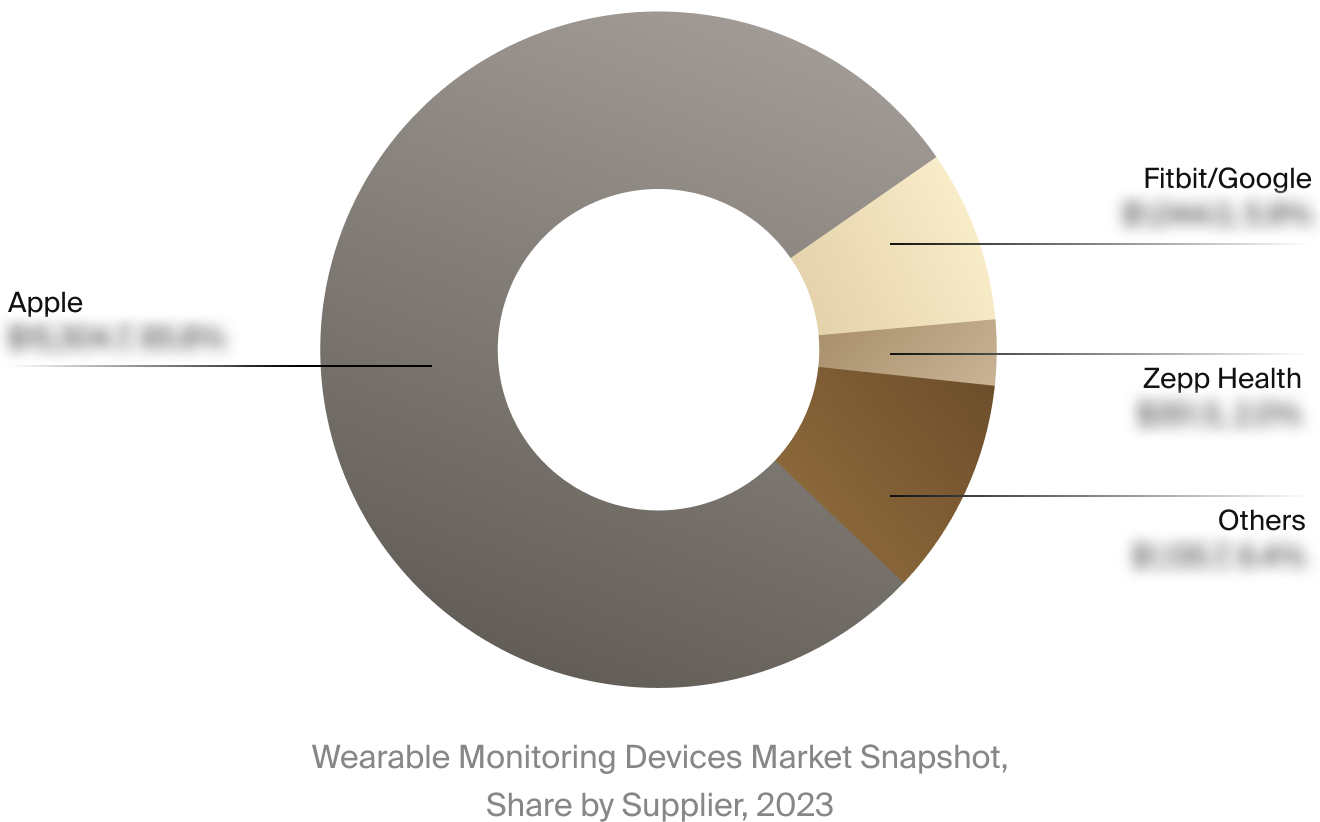
Select Market Events
| Company | Date | Type | Event |
|
Apple
|
8/2024 | Regulatory Approval | The U.S. FDA approved an Apple Watch function that can detect sleep apnea. |
|
Abbott
|
9/2024 | Commercial launch | Abbott launched Lingo, a continuous glucose monitoring system available without a prescription for health and wellness in the United States. |
Key Companies Covered
AliveCor
Analog Devices
Apple
Biobeat Technologies
BioIntelliSense
Bodimetrics
Braebon Medical
COSINUSS
Current Health
Empatica
Fitbit
Google
Intelesens
LETI-CEA
Lifewatch Technologies
Masimo
Medtor
Medtronic
Movano Health
Neopenda
Nutromics
Nuubo
Oura Health
PCL Health
Peerbridge Health
Preventice Solutions
Qardio
Samay
Sensium Healthcare
SHL Telemedicine
Sibel Health
SkyLabs
Spire Health
Strados Labs
VitalConnect
Vital Tracer
Vitis
Vivalink
Waire Health
Wellue
Withings
WHOOP Laps
Zepp Health
Zoll

